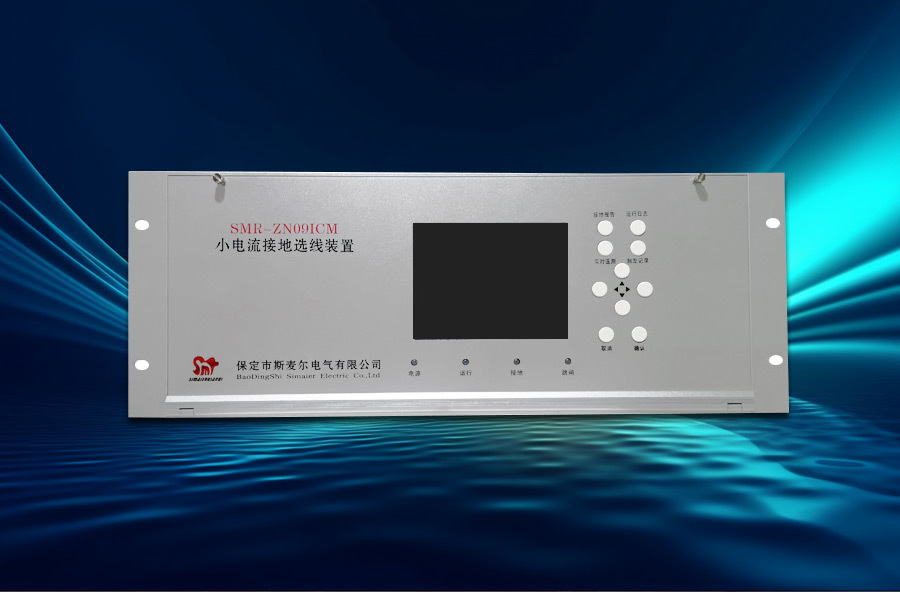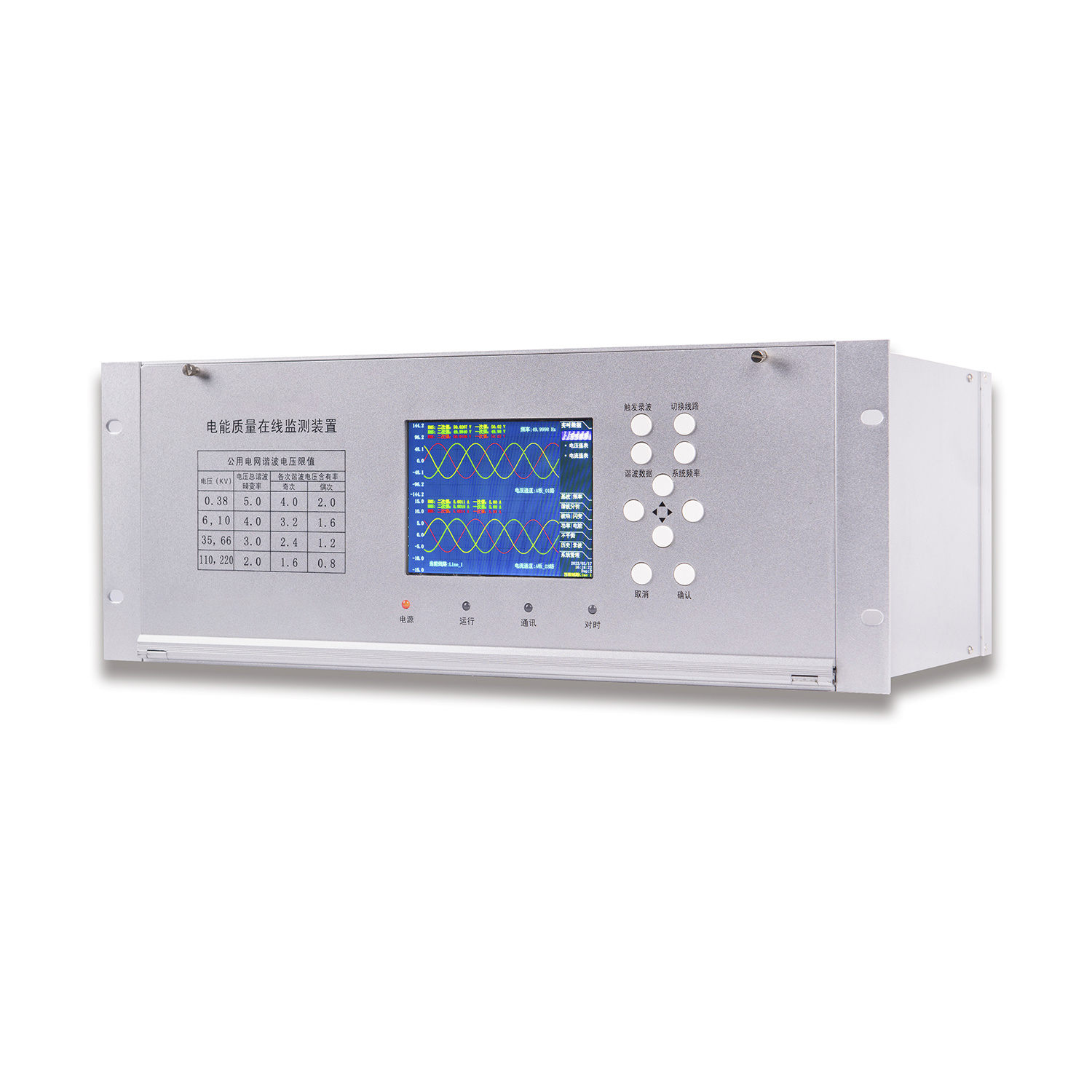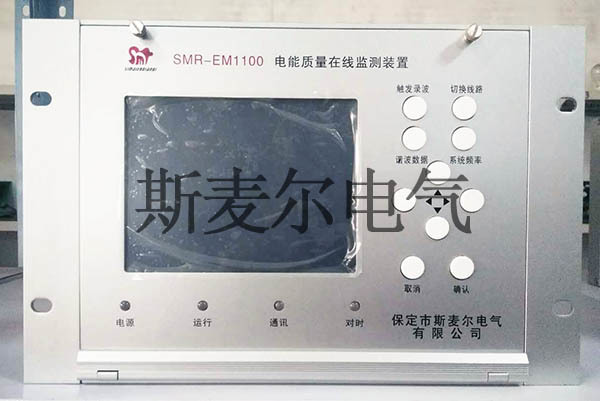The main factors of insufficient selection principle for small current grounding.
Release time:
2022-07-28
The automatic line selection technology for small current grounding is a challenging problem. Its difficulty mainly lies in the fact that during a single-phase grounding fault, the fault signal is small, unlike other fault types such as two-phase short circuit or two-phase grounding short circuit, which have much larger fault signals. The types of single-phase grounding faults are complex and uncertain, including full grounding faults, intermittent arc grounding, grounding with unstable resistance, and grounding through branches (high-resistance grounding), among others.
The automatic line selection technology for small current grounding is a challenging problem. Its difficulties mainly lie in the following aspects: during a single-phase grounding fault, the fault signal is small, unlike other fault types such as two-phase short circuits or two-phase grounding short circuits, where the fault signals are much larger; the types of single-phase grounding faults are complex and uncertain, including full grounding faults, intermittent arc grounding, grounding with unstable resistance, and grounding through branches (high-resistance grounding), etc.; the method of neutral point grounding is uncertain, with options such as ungrounded or grounded through arc suppression coils. The main reasons for the suboptimal performance of line selection devices are as follows:
Although there are already more than a dozen line selection methods, each method only utilizes certain characteristics of the fault. When the required fault characteristics for that method are not obvious, it can lead to incorrect judgments.
For example, the fifth harmonic line selection method utilizes the fifth harmonic characteristics of zero-sequence current. However, in high-resistance grounding situations, the fifth harmonic component is not very obvious, rendering the fifth harmonic line selection method ineffective. Previous small current grounding line selection devices only used one method, resulting in a low accuracy rate. Some devices have adopted multiple line selection methods, but they only performed simple superposition, which does not solve the practical problems.
Keyword:
Recent information
The main factors of insufficient selection principle for small current grounding.











